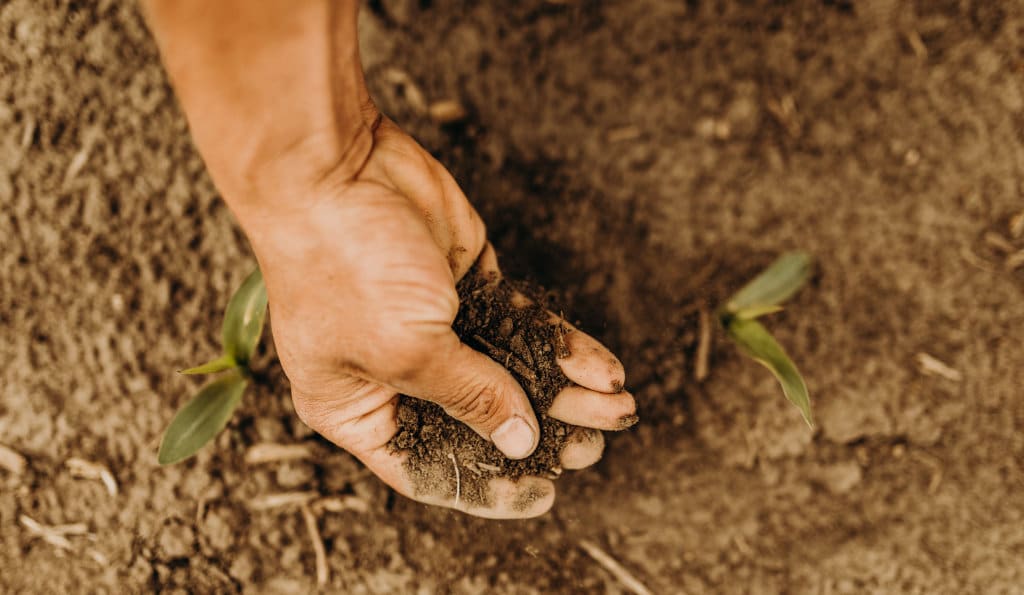Feed the World – Rising to the Challenge with Biotechnology and GMOs
As farmers and ranchers work to meet the daunting challenge of feeding an exploding global population, they continue to grow more with less— less water, less land, less fertilizer and pesticides, and less impact on the environment.
Tools such as genetic management and selective breeding have been used for centuries to help accomplish these goals. Today, we’re just doing it better with genetically modified organisms, also called GMOs, sometimes referred to as biotechnology.
These modifications are made to introduce specific traits or characteristics that are not naturally present in the organism. GMOs have been developed for various purposes, such as increasing crop yield, improving resistance to pests or diseases and increasing nutritional content.
By editing the genetic material of organisms, GMO technology offers a powerful tool in tackling global challenges such as food scarcity and environmental sustainability.
Let’s answer some frequently asked questions about what GMOs are, how GMOs work and why they are an important tool for today’s corn farmers.


